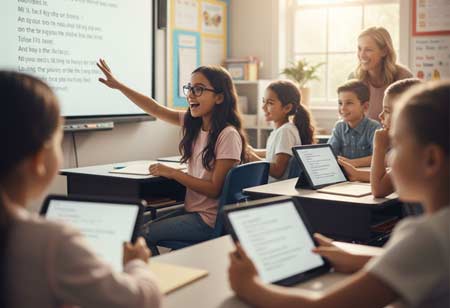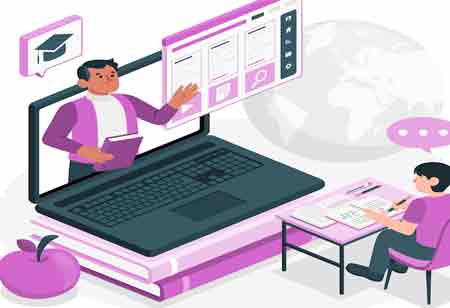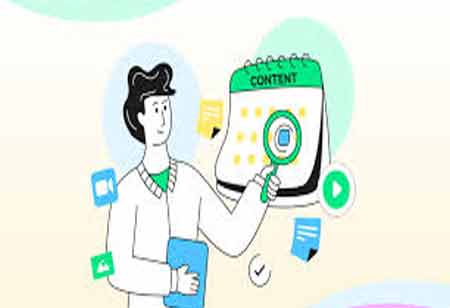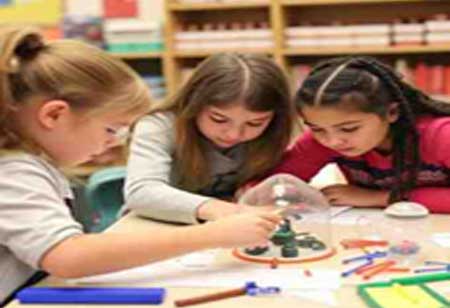THANK YOU FOR SUBSCRIBING
Be first to read the latest tech news, Industry Leader's Insights, and CIO interviews of medium and large enterprises exclusively from Education Technology Insights
Innovation in Education through Edtech Startups
Edtech refers to educational technology used to provide education and streamline educators' work.

By
Education Technology Insights | Wednesday, July 12, 2023
Stay ahead of the industry with exclusive feature stories on the top companies, expert insights and the latest news delivered straight to your inbox. Subscribe today.
Startups in the edtech sector are changing how education is perceived worldwide. Training and education are becoming increasingly reliant on technology. As teaching methods evolve, interactivity is explored using technology to encourage more passiveness from students and more activeness from teachers.
Fremont, CA: Edtech refers to educational technology used to provide education and streamline educators' work. Teaching and non-teaching processes use concepts such as artificial intelligence, machine learning, virtual reality, and augmented reality.
Startups in the edtech sector are changing how education is perceived worldwide. Training and education are becoming increasingly reliant on technology.
What is the role of modern technology in education?
Artificial Intelligence
AI in educational institutions can personalize courses, construct assessments using NLP-based systems, and automate recurring work for teachers.
Learning Analytics
In the future, learning analytics will play an increasingly important role in education. There is evidence of this in online certification programs where courses are recommended based on the student's school/college syllabus, learning abilities, and interests.
STEM using augmented reality
With affordable AR tools, STEM subjects can be taught, and students can better understand concepts. The aim is to help students build upon the basics as they progress.
Using blockchain technology
Blockchain technology is now used in Massive Open Online Courses (MOOCs) to enhance data security and verify students' skill levels.
What impact does technology have on education?
An interactive experience: As teaching methods evolve, interactivity is explored using technology to encourage more passivenesses from students and more activeness from teachers. The variety of interactive tools allows students to learn and retain additional information, spark interest in the subject and encourage further research. Seterra, for example, is a tool that helps memorize countries.
Adaptability: Changing the teaching process to cater to tens of students is challenging for the teacher. Technology has made classroom teaching possible and less stressful, with results that can be guaranteed. Lessons can be customized for students' learning abilities without feeling pressured.
Tests conducted online: With the help of technology, AI software has been developed that can generate questions from text for assessments and online tests. It has enabled assessments to be conducted at any time and from anywhere. PrepAI aids teachers in ensuring that their students learn the subjects and retain the information.







